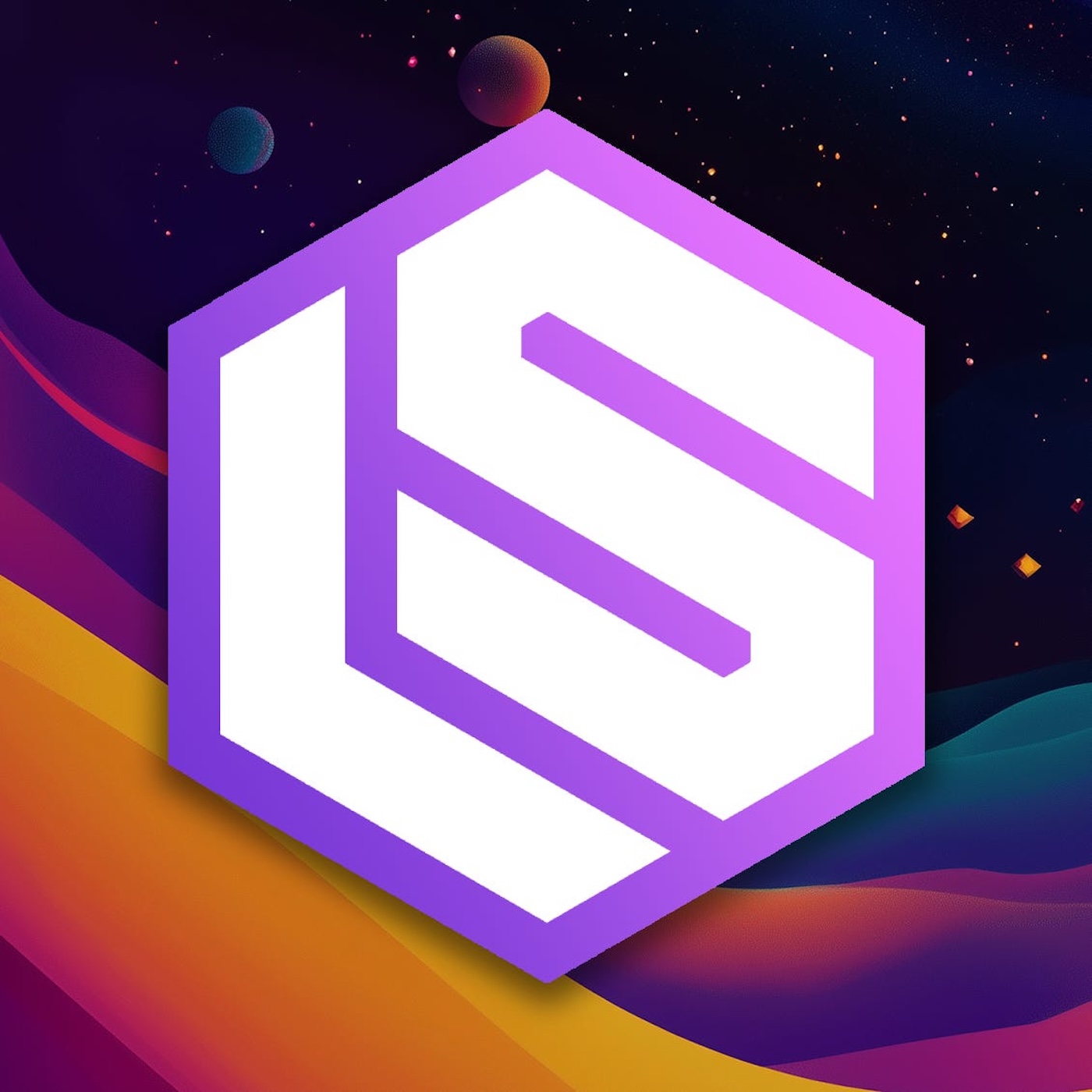Meet Marimo: A Smarter Notebook for Coders
The Main Idea in a Nutshell
- Marimo is a new, super-interactive coding notebook for Python that fixes the messy problems of old notebooks and makes it easy to build and share AI and data projects.
The Key Takeaways
- It's "Reactive": Think of it like a smart spreadsheet. When you change one piece of code, Marimo automatically updates all the other parts of your project that depend on it. This prevents common mistakes and keeps your work in sync.
- From Notebook to App: You can easily turn your Marimo notebook into a shareable web application that others can use, or run it as a simple computer program. This is usually a complicated extra step with older tools.
- Built-in AI Assistant: Marimo has an AI feature that lets you type instructions in plain English (like "make a graph of my car data") and it will write the Python code for you, right inside your notebook.
It's Flexible & Fun: You can arrange your code in columns to use your whole screen, and even connect a video game controller to interact with your data, making data analysis feel more like a game.
Fun Facts & Key Numbers:
- Fact: Marimo is getting popular fast, with over 300,000 downloads every month.
- Fact: It's already being used by major tech companies like OpenAI, Hugging Face, and CloudFlare.
Important Quotes, Explained
Quote: "> I wanted to design something that kept the interactivity that that notebooks are really great for, but that had sort of the guard rails that like regular software has, like reproducibility, no hidden state..."
- What it Means: The creator, Akshay, says that old coding notebooks are fun to play with because you can see your results right away. But they can also be very messy and lead to mistakes that are hard to find. He wanted to build a tool that was still fun and interactive, but with "guard rails" (like on a bowling lane) to keep your code professional, reliable, and easy to repeat.
- Why it Matters: This explains the whole point of Marimo. It's trying to give coders the best of both worlds: the fun, instant feedback of a notebook and the serious, reliable structure of professional software.
Quote: "> ...if you were doing this in a Jupyter notebook, you would probably have copy-pasted the all like six cells like multiple times. And then you wouldn't even have this sort of drill down interactivity."
- What it Means: Akshay is pointing out how clumsy old notebooks (like Jupyter) can be. To build something cool and interactive where you can click on a graph and see more details, you'd have to copy and paste the same code over and over.
- Why it Matters: This shows a real-world advantage of Marimo. It saves a lot of time and makes it possible to build much more interesting and dynamic projects without all the boring, repetitive work.
The Main Arguments (The 'Why')
- First, the author argues that Marimo is better because it's reactive. It understands how all your code cells are connected. If you change a variable in one place, it automatically re-runs only the cells that are affected, which prevents errors and keeps everything up-to-date.
- Next, they provide evidence that Marimo is more versatile. You can go from a simple idea (a "prototype") to a finished product (a "production" app) all in one tool. Your notebook can be saved as a simple Python file, shared as a web app, or run as a script.
- Finally, they point out that Marimo is built for the modern AI workflow. It has built-in tools to help you write code with AI, connect to databases, and create interactive dashboards to explore your data in new ways (like with a PS5 controller!).
Questions to Make You Think
- Q: Can I use Marimo if I already have a bunch of old Jupyter notebooks?
A: The text says you pretty much can. While you can't open them directly, Marimo provides a tool that automatically converts your old Jupyter notebooks into the new Marimo format for you.
Q: How does the AI that writes code for you actually work?
A: When you ask the AI to do something, Marimo sends it important information about your project. It gives the AI a preview of your data (like the names of columns in a table) so the AI can write code that is specific and useful for what you're actually working on.
Q: Do I have to install a bunch of stuff on my computer to try it out?
- A: No, you don't have to! While you can install it on your laptop, the text mentions you can go to the website
marimo.newto use a playground version that runs completely in your web browser. They are also building a free, cloud-based version called "MoLab," similar to Google Colab.
Why This Matters & What's Next
- Why You Should Care: Coding is a superpower in today's world, used in everything from making video games to curing diseases. Tools like Marimo are making that superpower easier and more fun to use. Seeing how these tools evolve shows you where technology is headed and how people are finding smarter ways to solve problems with code.
- Learn More: The easiest way to see what Marimo is all about is to try it yourself, no installation needed. Check out their interactive playground at marimo.new to write some code and see how it works right in your browser.

